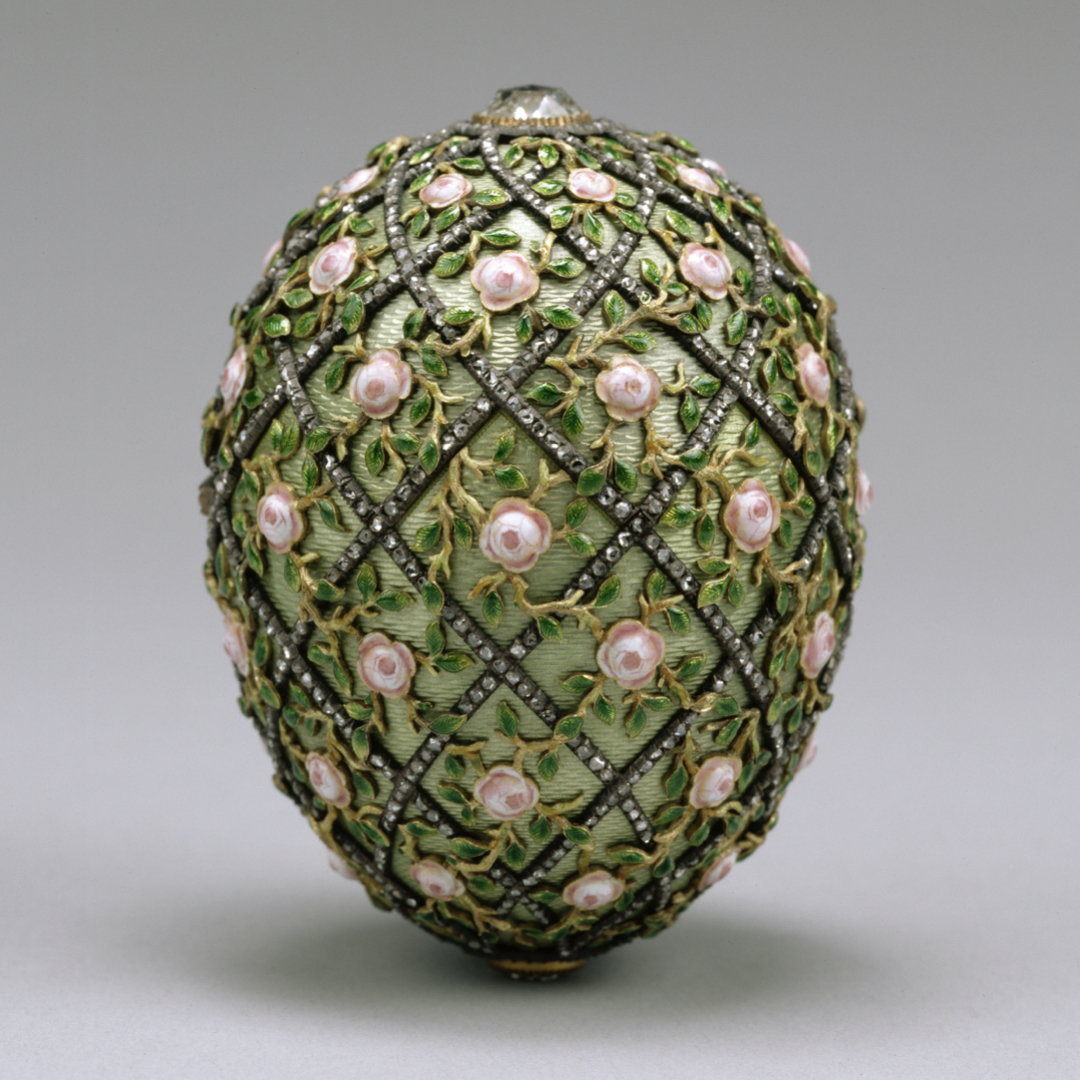Easter is only a few days away, and we can see displayed everywhere the joyful and colourful Easter eggs that we’ll exchange with our loved ones as a symbol of renewed life. In the Imperial Russia of Tsar Alexander III, things were no different. So in 1885, wanting to surprise his wife, Empress Maria Feodorovna, the Tsar ordered from a young and talented jeweller, Carl Fabergé, a special Easter egg. It had to be an extraordinary gift indeed since that year they were celebrating the Imperial couple’s 20th anniversary.
The first Fabergé Easter Egg
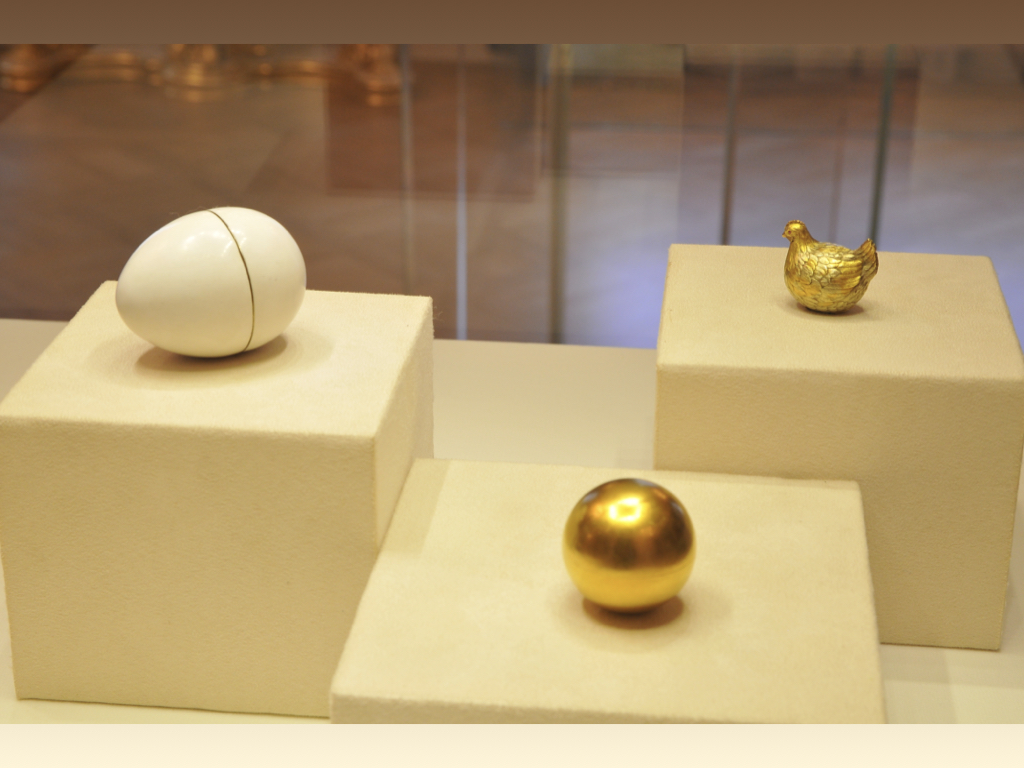
Fabergé created what seemed at first to be a normal enamelled egg. But when the Empress opened it, she found a surprise inside; a golden yolk that, when opened, contained a golden hen. Finally, opening the bird, there was a miniature of the royal crown carved into a diamond and a ruby egg. So, one can say that this first Fabergé Easter egg is the ancestor of our Kinder Eggs!
The Empress, of course, was absolutely delighted with her gift. So delighted, in fact, that the Tsar continued offering his wife, each year, a special and unique jewelled Easter egg that Fabergé would make in gold, precious stones and pearls.
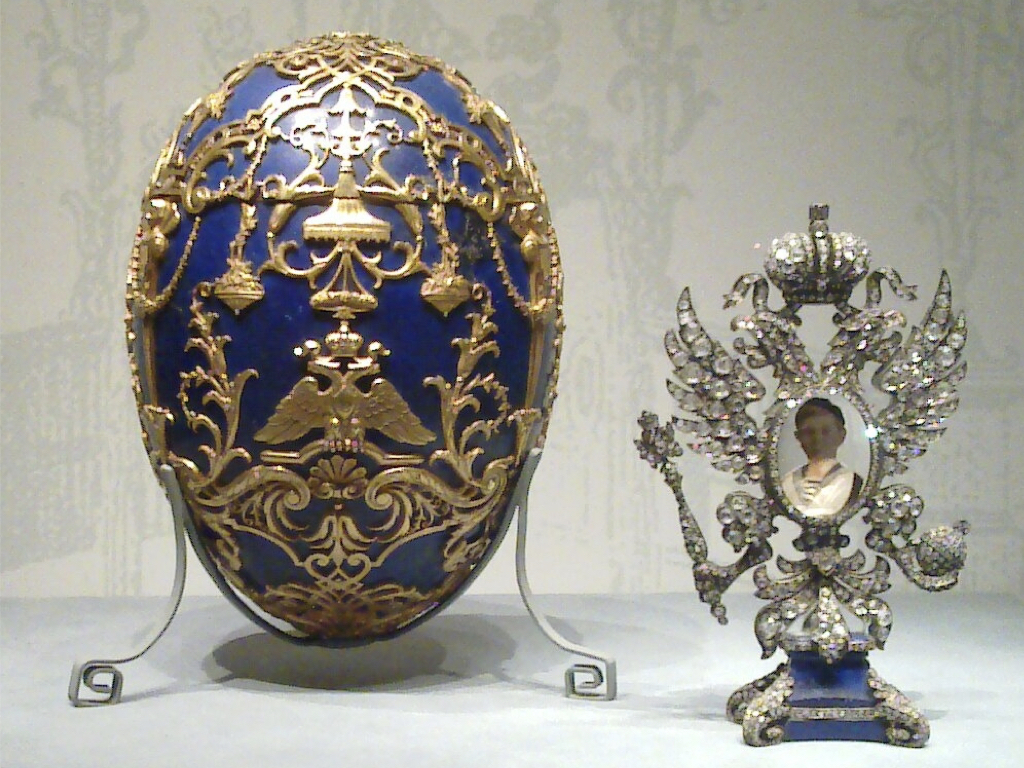
When More Is More
After the Tsar’s death, his son and the new Tsar, Nicholas II, kept up the Easter tradition his father had started. He carried on commissioning the opulent Faberge Easter eggs, one for his mother and one for his wife, Alexandra Fedorovna. Between 1885 and 1917 (when the Russian Revolution ended with the lives of the Tsar and his entire family), a total of 50 Imperial eggs were made under the close supervision of Carl Fabergé. Year after year, Fabergé created more and more fantastic easter eggs in order to keep surprising the Imperial Family. These works of art decorated with intricate and extravagant miniatures of the imperial life showed such amazing craftsmanship that Faberge’s workshop soon became the world-famous House of Fabergé.
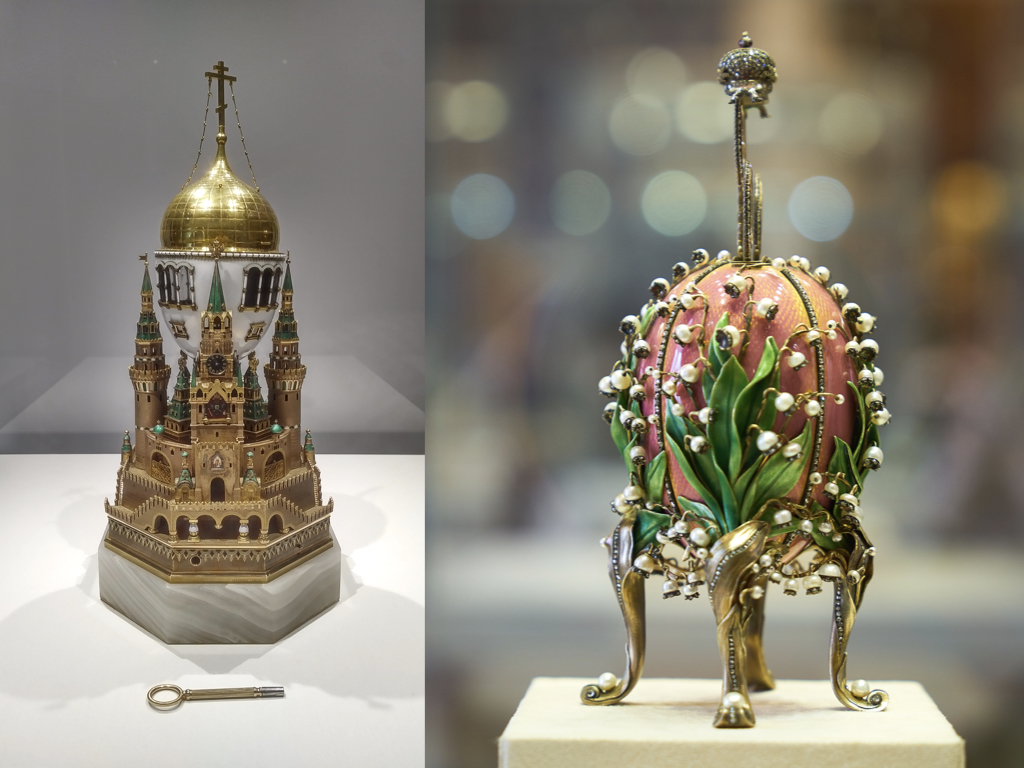
The Memory of Azov, for example, came with an impressive miniature in gold and platinum of the Russian naval ship Parmiat Azova. Fabergé made another Easter egg as a miniature of the Kremlin. One of the Imperial eggs has incrusted 1000 diamonds and 500 pearls; others have miniature paintings and portraits.
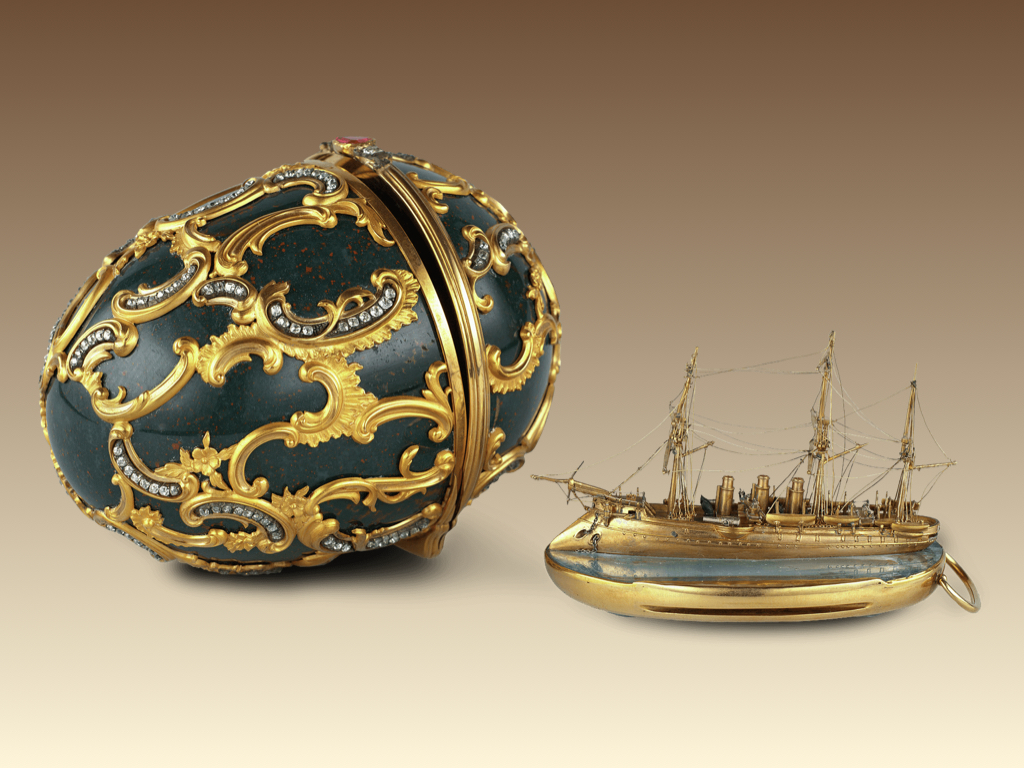
Easter Egg Hunting
After the revolution, the Bolsheviks sold some of Fabergé’s easter eggs. But, sadly, they separated the shells from their contents to get more money off it. Consequently, it’s been almost impossible to find and put all the pieces back together. Even so, the third Imperial egg was found in 2012 at an American’s house. The owner had bought the exceptional creation at an antique market. And he later discovered, thanks to Google, that his little egg was worth 33 million dollars.
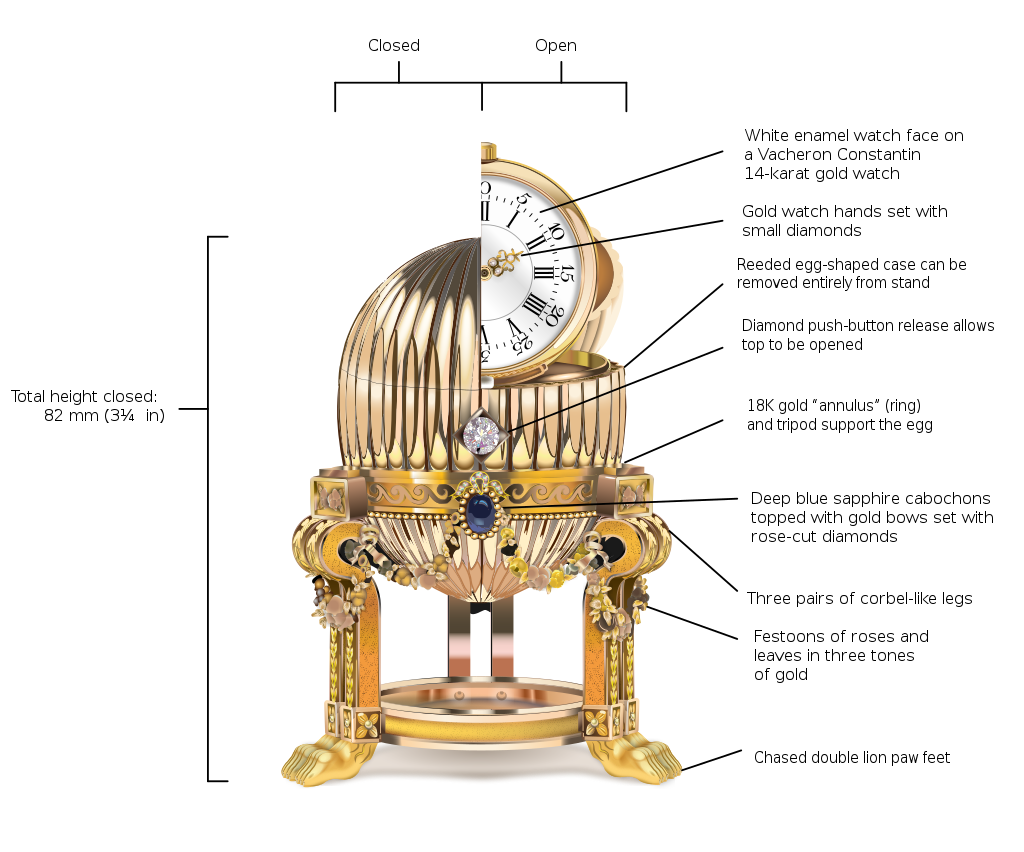
Of the 50 Imperial Easter eggs produced by Fabergé (some say they were 52), only 42 are known to exist still and are worth millions each. Most of them are at the Fabergé Museum in St. Petersburg, including the first one, the Hen Egg. Others are part of museums’ collections at the Kremlin and the Metropolitan Museum of Art. Additionally, besides their impressive jewellery collection, the British Royal Family has three Fabergé Easter Eggs at the Royal Collection Trust. Some other eggs are with private collectors.
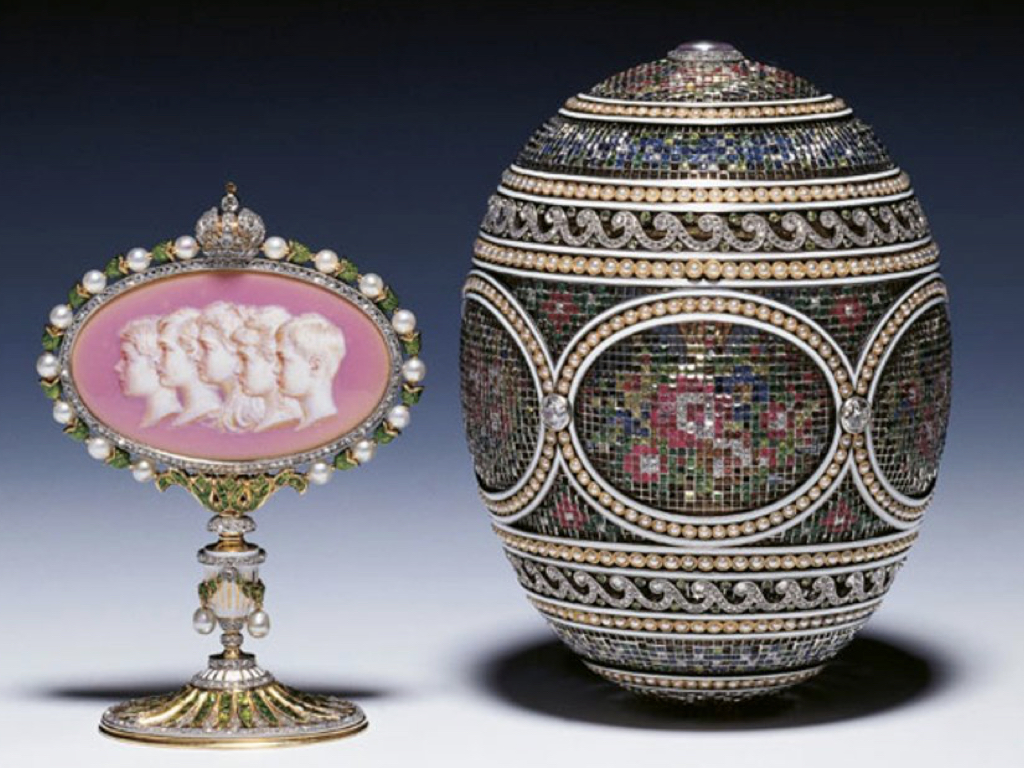
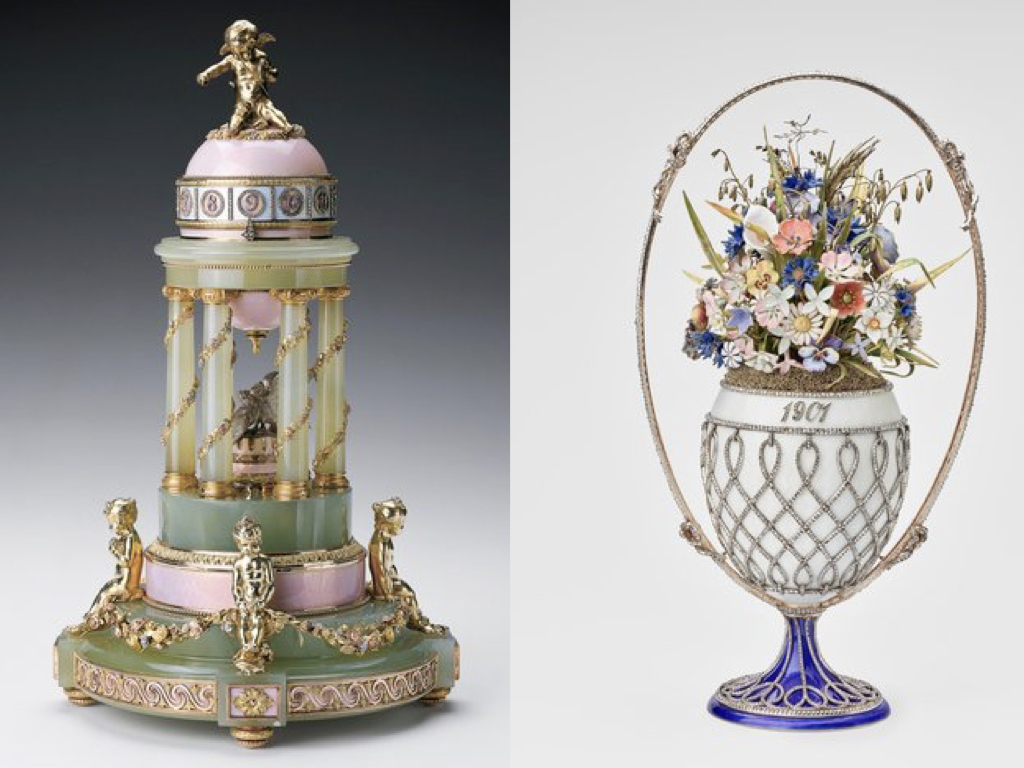
If you think the odds of coming across one of the missing eggs at antique markets are next to zero, Fabergé still handcrafts one-of-a-kind easter eggs. For example, the Pearl Egg, the Spirit of Ecstasy Egg, and the Four Seasons series are homages to the distinguished Imperial tradition.
Title photo – Rose Trellis Egg by House of Fabergé – Walters Art Museum: Public Domain
